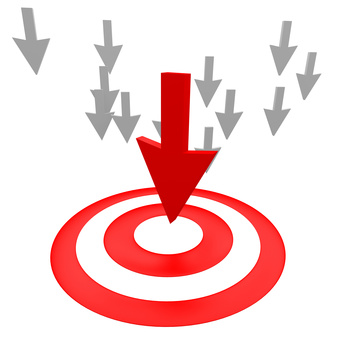Author’s Update: Since we published this article almost 15 years ago, HubSpot developed its own CRM, which competes head-to-head with Salesforce.
HubSpot is the company that defined the Inbound Marketing category. They provide the leading solution to SMBs looking for ways to have more people find their website and convert visitors to sales Leads.

Integration solutions are available to connect HubSpot to most of the leading CRM solutions, including Salesforce, Microsoft Dynamics 365, SugarCRM, and NetSuite.
If you are currently using HubSpot, here are five reasons to consider integrating HubSpot with a CRM system. If you are not using HubSpot, these are five reasons to consider using HubSpot and integrating HubSpot with a CRM solution.
No More Manual Lead Entry
One of the more fundamental benefits of integration is that Leads generated from your HubSpot landing pages no longer need to be manually added to CRM as new Leads. This saves time and ensures that no leads slip through the cracks.
Automatic Lead Assignment
Logic within CRM can route each new Lead to the appropriate salesperson, based on criteria such as landing page or State. For example, depending on what visitors downloaded, their contact information can be routed to the rep with the appropriate expertise.
Lead Intelligence
When HubSpot is integrated with a CRM system, not only will CRM users automatically get the information that a site visitor filled in on the landing page form, but they will also get important information that a visitor didn’t enter, including the specific form the visitor filled in if your site has multiple forms; the source of the visit (organic, direct, referral or social media); the search engine used and keywords entered by the visitor in the case of Organic; the entrance page; and more.
Callback Prioritization
CRM integration automatically updates the Lead each time the person re-visits the site and fills in a form. This “Recent Conversion Event” field can be set as a sort field for a call list. Visitors who have visited the site the most frequently or have visited the most recently can be given a higher priority for callbacks.
Data on Visit-to-Customer Rates
Marketers can normally obtain visit-to-lead rates from their current system, but what if a marketer wants visit-to-customer or lead-to-customer rates? HubSpot to CRM integration makes these metrics automatically available. When a Lead becomes an Opportunity and that Opportunity closes, this information is fed back into HubSpot to provide these valuable metrics.
